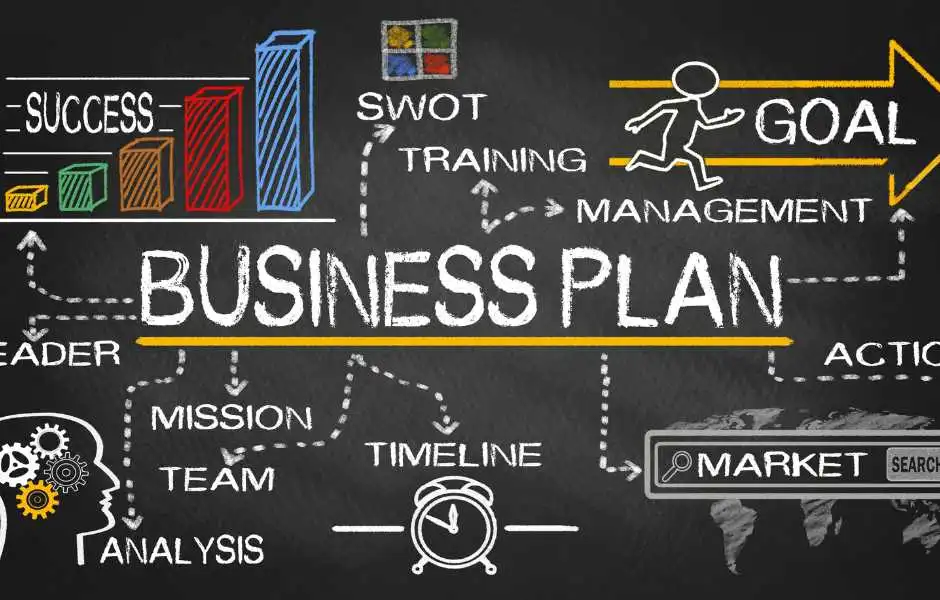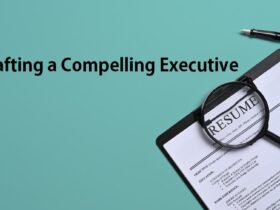Table of Contents
- Business Plan Essentials in a Shifting Landscape
- Technology Trends Revolutionizing Strategy
- Sustainable Business Models Gain Traction
- Shifting Patterns in Funding and Investment
- Remote and Hybrid Workforces Shape Planning
- Adapting to Changes in Consumer Behavior
- Data-Driven Decision Making and Analytics
- Continuous Plan Adaptation: Staying Agile
- Looking Forward: Preparing for Business Trends
Business Plan Essentials in a Shifting Landscape
Business planning has undergone a massive change recently. The economic environment is very dynamic and may continuously change. For this reason, the business plan must shift from a static framework to a more active one, capable of evolving at the moment. Now, companies in almost all sectors understand the need for active, continuous strategic planning to maintain their competitive advantage and meet the demands of stakeholders. With support from business plan consulting experts, organizations are recognizing the value of living documents that can withstand unforeseen changes.Regular updates and reviews guarantee that strategies, objectives, and forecasts are adapted, proven, and tested against market realities and not mere projections from a single timeframe.
The fundamentals of crafting a business plan remain unchanged: stating an unambiguous objective, conducting thorough market analysis, making accurate financial estimations, and articulating clear value propositions are defining elements. But what makes modern plans better is that they can be interacted with.
Technology Trends Revolutionizing Strategy
Technology is slowly blending into every force of planning a business. The current technology-improving planning includes advanced analytics, automation, and cloud computing. Clinics have had a significant improvement by integrating these tools, as their decisions are not guided by intuition or obsolete data anymore. Even businesses that adopt this technology have predictive analytics that track trends in real time. For example, monitoring changes like the pandemic that changed the business world has been made much easier with technology, and businesses can pivot and adjust when things go south. The reduction in manual work because of automation is significant, and this has enabled teams to increase focus on strategic thinking that drives innovation. Automatic machine learning is able to give accurate results, and this has improved the financial planning of many businesses.
Competitive advantage doesn’t come without a digital passport. Distributed teams are now more productive and focused, unlike before, because of platforms that allow instant sharing and collaboration. Technologies such as AI and scalable cloud infrastructure, along with many others, have formed the basis of investment for companies that are willing to adapt and grow. Not only do these technologies improve planning, but they also improve swift response to market requirements.
Sustainable Business Models Gain Traction
In the current era, sustainability is no longer just an optional value; it is increasingly fundamental to a business’s operational effectiveness and image. From stakeholders to investors and consumers to employees, everyone seeks organizations that are socially and environmentally responsible. Integrating ESG factors into strategies is now commonplace. It showcases an organization’s commitment in the long run. Sustainable business models focus on profitability alongside resource stewardship and social impact. Companies are increasingly pouring resources into auditing supply chains for sustainability, moving toward zero-waste policies, and setting aggressive goals for carbon reduction.
Studies indicate that 70% of consumers would be more inclined to support a brand if it claims to incorporate sustainability into its operations. This change has an immediate positive impact on businesses in the form of improved brand loyalty. Businesses that adopt renewables, use green packaging, and support their suppliers with fair labour policies tend to capture the trust of the public. Organizations are now able to redesign their planning processes and incorporate sustainability goals to gain a competitive advantage alongside fulfilling their social responsibility.
Shifting Patterns in Funding and Investment
The pace of change in how businesses are funded is remarkable. In comparison to traditional bank loans or venture capital, new entrepreneurs have access to myriad other financing options, including crowdfunding, peer-to-peer lending, and even venture capital. This ease of access to capital creates both challenges and opportunities. Putting together a robust business model requires describing not just profit-making but also detailing plans for scaling, adaptability, and exits, which modern investors prioritize.
The competition is greater than ever: global venture funding reached over $600 billion in 2021. This surge in financing is accompanied by competition for attention. Investors want deeper analyses accompanied by more detailed forecasting. In order to get the funding, a business has to provide transparent milestones along with delineated risks and thorough ways to mitigate those risks. Moreover, the pace and direction of technological and green industry investments tend to change rapidly, and founders must be ready to adapt to sudden shifts in trends.
Remote and Hybrid Workforces Shape Planning
The integration of remote and hybrid work models into organizations as a result of the pandemic has transformed team interaction as we know it. As decentralized teams require integration of strategy, operations, and culture, business strategy and planning must also adapt. Organizations had to, within a short time period, adopt flexible and scalable technology investments and also rethink their approaches related to performance management, employee engagement, and knowledge retention to support a distributed workforce.
Organizations have become more flexible in their recruitment approach to include international talent, which is beneficial in accessing fresh viewpoints and skills. Opportunities in collaboration and culture fostered across distances, however, pose a threat. These issues can be alleviated with good communication tools, remote work policies, and investment in digital wellness. Other companies have prospered by implementing routine check-in sessions with their remote teams and by rethinking onboarding practices to make new hires feel included. With these changes, business has become a growing focus of planning cycles as firms increasingly embrace adaptability and inclusivity.
Adapting to Changes in Consumer Behavior
Not only has consumer behaviour changed, but it is also progressing at an astonishing rate. The emergence of e-commerce sites, new subscription plans, and on-demand services has created new opportunities for businesses to interact with their customers and modify their decision-making processes. Now, companies have to prioritize capturing and maintaining clients by customization, immediacy, and smooth experiences in the digital world. As a result, they are not only competing with changing market forces but also with in-depth customer intelligence, shifting tastes, and detailed frustrations, which, if used correctly, can make businesses adapt their product offerings, communications, and services.
Innovative companies have set up direct lines to the customers so that they can receive feedback and suggestions almost instantly. This kind of flexibility is setting new standards in many industries. Businesses that actively engage with their consumers and quickly implement changes based on responses outperform those that do not adapt. Also, customer loyalty depends on the quality of services offered and how they interact with clients digitally. Companies shifting perspectives toward user-centric design will have an edge over competitors in this situation.
Data-Driven Decision Making and Analytics
Planning a business in the 20s comes with new challenges. Regardless of the scale, every organization has to deal with making decisions that are backed by algorithms, deep learning and real-time metrics. All forms of enterprise treat data as an invaluable asset, and it now aids the marketing and sales departments, as well as helps in the financial, supply chain, and even HR forecasting.
Firms that adapt to and develop a culture around data-centric frameworks significantly improve their chances of coming out on top. McKinsey cites that a business driven by data has far more chances of lapping its competitors and retaining customers. Establishing a reliable framework for data control and governance, ensuring data accuracy, and fitting literacy requirements are key in the evolving world. What differentiates the leaders from the rest is the capability to act or interpret the data swiftly.
Continuous Plan Adaptation: Staying Agile
Resilience has joined agility as a defining characteristic of an organization. Rather than adopting a long-term strategy, which is invariably difficult to adapt to, companies are increasingly opting for short-duration plans and setting them on a rolling basis quarterly, monthly, or even continuously. This sort of planning enables a business to change direction quickly when faced with new challenges or fresh opportunities. This points toward a need to rethink, relearn, and communicate change throughout the organization.
The transformable setbacks elasticity offered with regard helps in ensuring that an organization does not get stuck with the inability to deal with the unexpected. Whether it is new competition, newer regulations, or fundamental shifts in the business environment, agile planning ensures that you are always ready for the next big thing. Accompanied by mounting external business pressures, having the ability to change strategy at will is no longer a competitive advantage but a survival strategy.
Looking Forward: Preparing for Business Trends
Strategic planning for the next decade requires constant monitoring, research, and modification. Organizations that excel will be those that focus on lifelong learning, maintain trustworthy industry news, develop peer networks, and pay attention to social, technological, financial, and regulatory changes. Modern guidance, such as that available through the guide to writing a great business plan, encourages business leaders to actively solicit feedback, incorporate iterative changes, and treat their plans as part of an ongoing conversation with both internal teams and outside investors. Such approaches enable formative feedback and improve organizational resilience to real-world complications.
The further integration of sustainability, innovative technology, and agility into existing plans augurs well for future growth and long-term success. Commitment to these tenets is not a fad, as history has shown that such directions are the way for businesses that need to navigate in an uncertain world.






